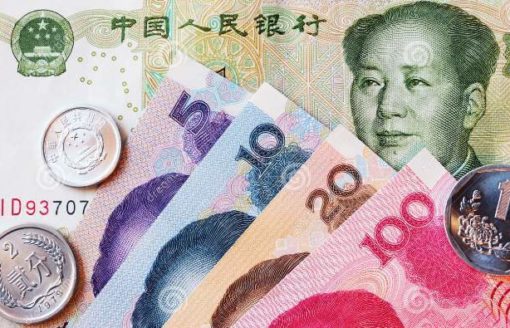China is a dynamic nation, embracing trade and globalization while looking to expand its reach and influence. The Belt and Road Initiative (BRI) is a prime example of Chinese globalization and one that is helping sustain the country’s long-term growth by creating massive business opportunities for Chinese enterprises seeking to penetrate new geographic markets along the New Silk Road and at the same time allow foreign companies to enter the China market. The ultimate goal is to boost economic activities. Amid signs that globalization is in retreat in the West amid the re-emerging protectionism, the BRI signals China’s continued push for economic cooperation and trade.
Taking inspiration from the famous Silk Road that was established around 2,000 years ago during China’s Han Dynasty, BRI aims to revive and expand maritime routes and buildout land infrastructure to improve connectivity and promote trade.
The objectives of BRI, part of Chinese President Xi Jinping’s ‘China Dream’ to rejuvenate the nation, is two-fold: First, a belt to link the great Eurasian continent with overland railways, highways, pipelines and other infrastructure. Second, a road network to link China with Southeast Asian countries and connects it even with Africa via sea passages. Collectively, it was known as “One Belt, One Road (OBOR),” but it is now referred to as the BRI.
Through the BRI, China is already nurturing enormous business opportunities outside its borders initially for the domestic construction, energy, and infrastructure industries. With more infrastructure projects completed, modernized logistics and accelerated economic growth in BRI countries will drive their demand. Thus, they will become new markets for Chinese companies in an array of fields such as telecommunications, automobile, chemical, engineering, machinery, metal and textiles, among others. In return, these countries are poised to benefit from the huge investments coming from China largely in infrastructure, including transportation and energy.
China has signed project contracts worth $926 billion with the belt and road countries. A number of milestone cross-border infrastructure projects like the new China-Laos railroad, a highway in Pakistan (China-Pakistan Economic Corridor) and a port in Vietnam are under way.
With projected capital of $350 billion being committed to relevant projects by China by 2022, we believe the BRI is and will continue to be the most important and highly influential macro-economic activity in the world for the next 10 years, at least. At this time, there are more than 1,700 BRI projects either completed or still in development. These undertakings are only the forerunners. More projects are expected to be launched, as BRI enters a new stage of more detailed and comprehensive development.
In 2014, China set up the $40-billion Silk Road Fund to finance the initiative, and the fund has made investments in several key ventures. The BRI has already boosted trade and investment in the region. Trade between China and countries along the land and sea-based New Silk Road surpassed $1 trillion in 2015, accounting for a quarter of China’s total trade value.
Indeed, BRI involves more than just physical connections among countries. It is expected to become the world’s biggest platform for monetary participation, including policy coordination, trade and financing in addition to social and cultural collaboration.
More than 60 countries, with a combined GDP of $21 trillion, have expressed interest in participating in the BRI action plan.







Stronger Regulations and Enforcement Support the Renminbi in 2017